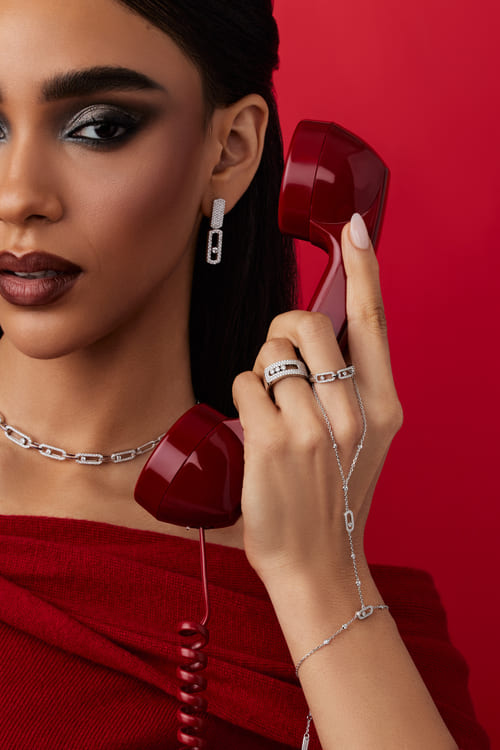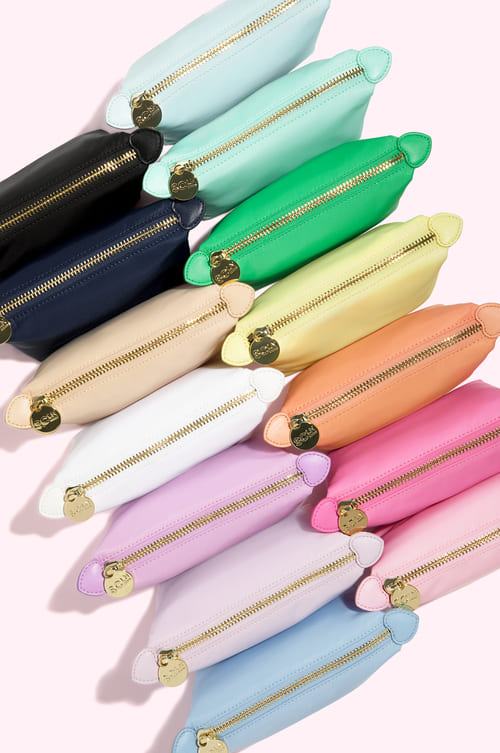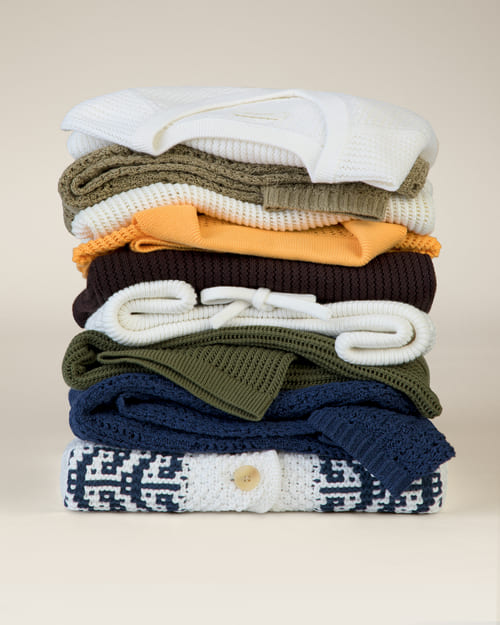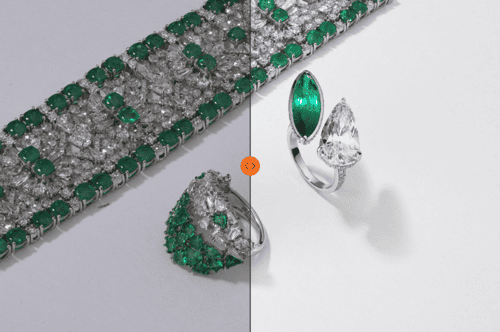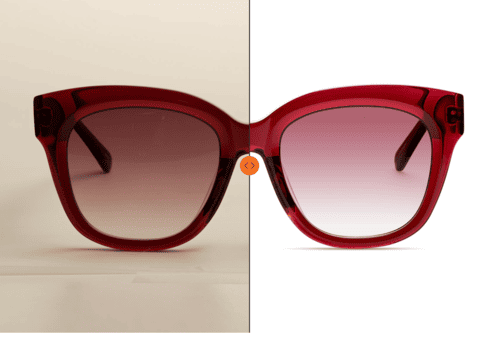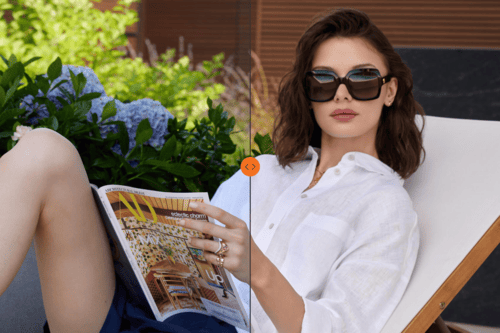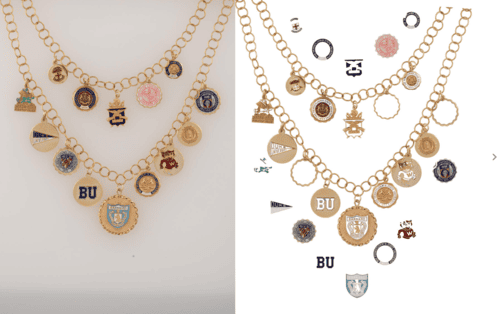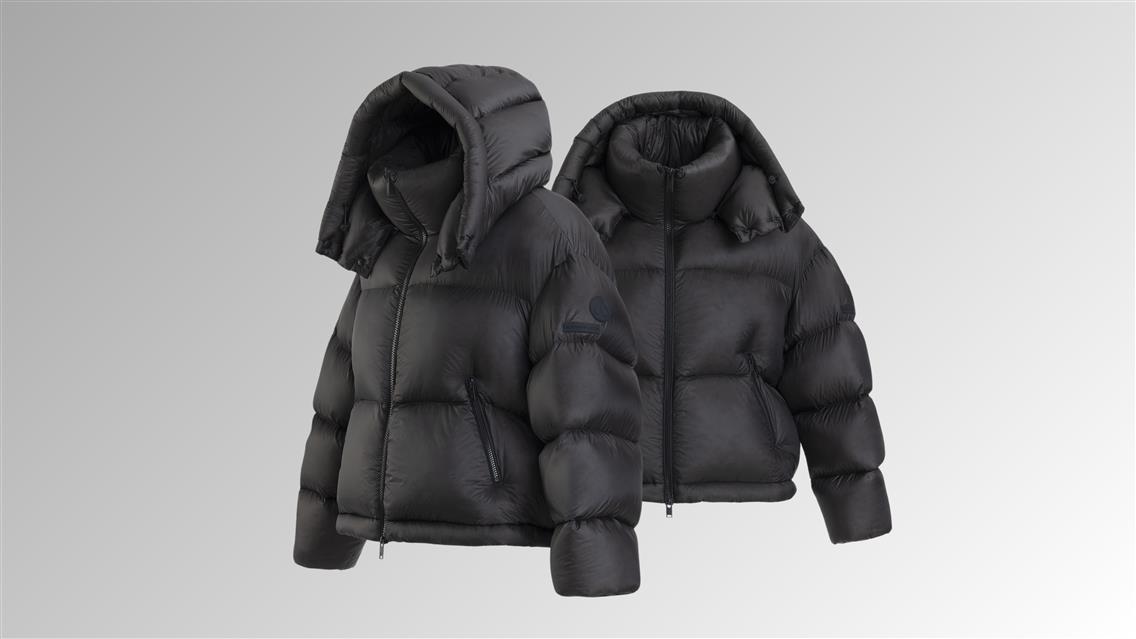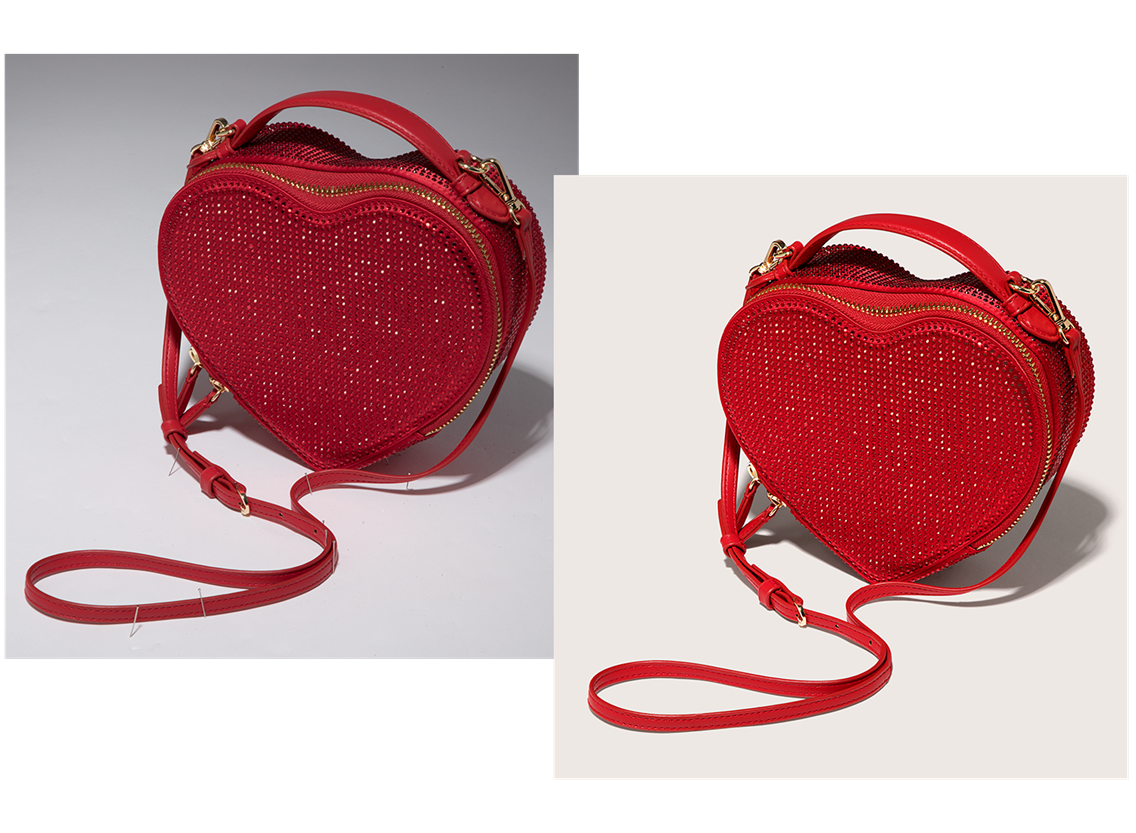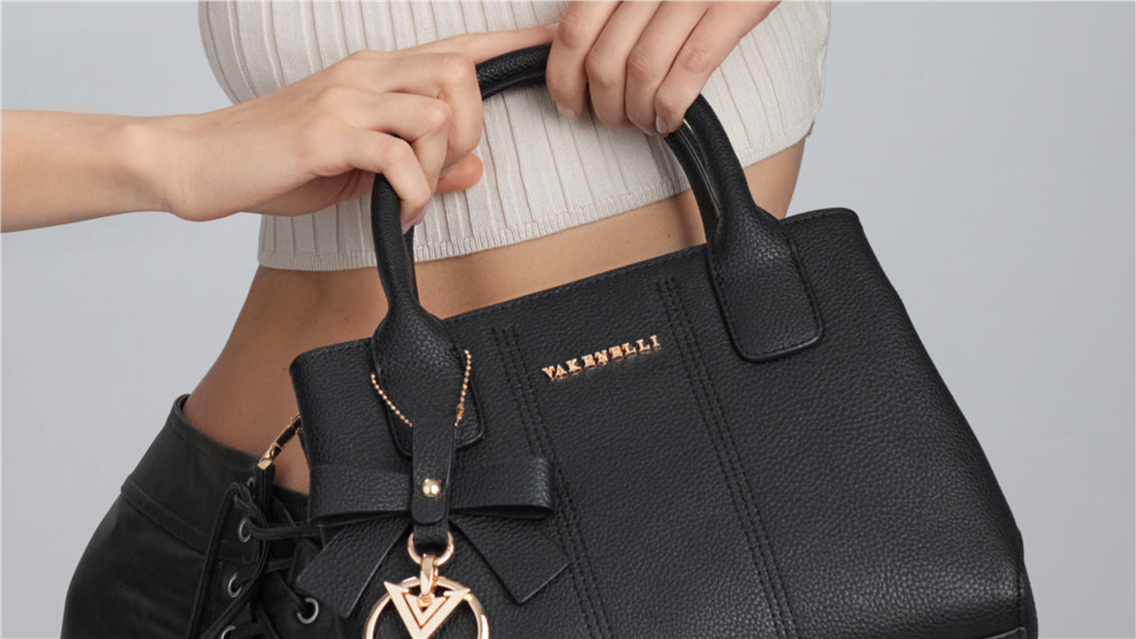How to Improve Your eCommerce Still Life Photography: Tips and Hacks

Still Life Photography Equipment
Choosing the Right Lens
Selecting the best still-life photography lens depends on the type of product. Prime lenses, such as 50mm or 100mm macro lenses, are excellent for capturing sharp details and accurate proportions. Macro lenses are particularly useful for intricate items like jewelry, while wide-angle lenses can provide creative perspectives for larger products like home goods.
Camera Recommendations
DSLR and mirrorless cameras with manual controls are ideal for still-life photography. Look for full-frame models with high resolution (20MP+), excellent dynamic range, and support for RAW file formats to enable detailed post-processing. Popular options include the Canon, Leica, Fuji Film, or Sony series.
Props and Backgrounds
Using Props Creatively in Still Life Photography


Props are the foundation of still-life photography, transforming objects into compelling visual stories. Start by selecting props that align with the product's identity and message. For luxury brands like Tiffany & Co., a single soft velvet drape and scattered pearls evoke timeless sophistication. Similarly, a Khiry jewelry piece might rest against minimalist, matte ceramic objects, reflecting its modernity and cultural roots.
| This Jacquemus still life photo demonstrates expert set design by placing a vivid red handbag as the focal point on a beige sofa with black piping and a striped cushion, creating a strong visual contrast and directing all attention to the product. The minimal, uncluttered setting uses negative space to keep the composition clean and sophisticated, while the interplay of textures: pebbled leather against smooth upholstery adds tactile interest. |  |
Extra Set Design Tips
- When selecting props, focus on texture and scale. Use raw materials like slate or brushed metal to contrast polished products. Add soft linen for warmth or reflective surfaces to introduce depth. Rotate props subtly between shots to discover fresh compositions without overwhelming the frame.
- Take it further by experimenting with seasonal elements, like autumn leaves for fall product launches or frosted glass for winter campaigns. Texture matters, too. Pair a shiny metallic product with rougher surfaces, like raw wood or stone, to create visual contrast and elevate the product's features.
- Keep your prop library versatile. Invest in timeless elements, such as neutral fabrics, geometric shapes, or abstract pieces, that can adapt to multiple setups. Always ensure your props enhance the product’s appeal rather than compete for attention. Also, consider collaborating with set designers like professional visual studios like LenFlash do.
Choosing Backgrounds for Still Life Photography
 | Backgrounds frame the product narrative. For innovative beauty brands like SKKN, textured plaster walls or muted concrete tiles provide a canvas that feels tactile yet unobtrusive, enhancing the modern and earthy vibe. Consider layering backgrounds for dimensionality. For example, overlay parchment paper on a lightbox to diffuse the glow beneath a translucent skincare bottle. |
| For electronics or futuristic products, opt for gradient backdrops that subtly shift from light to shadow, creating a cutting-edge, tech-forward look. Black backgrounds are perfect for luxury items like jewelry or watches, offering high contrast and a dramatic vibe. For a softer, inviting aesthetic, go for neutral tones like beige, gray, or pastel gradients. These work wonders for skincare products or clothing. |  |
 | For creative shots, textured backgrounds like aged wood, greens, or patterned paper can introduce personality. |
Table Setup Tips for Still Life Photography
Your tabletop setup is the canvas of your still-life photography. Start with clean, matte surfaces to avoid distracting glares. Incorporate a dedicated background holder like a specialized stand designed to keep backdrops securely in place and wrinkle-free. These holders are especially useful when switching between different materials like fabric, paper, or vinyl during a shoot. Add layers to your composition: a piece of linen cloth for texture, a stack of books for height, or a geometric stand to elevate smaller items. Using risers or pedestals can create a dynamic multi-level setup, perfect for showcasing product bundles. Clamps or adhesive putty can hold everything in place, preventing accidental shifts during the shoot.
Lighting Tips for Still Life Photography
Key Lighting Setups
Lighting defines the entire mood of your product image, making it one of the most crucial aspects of still-life photography. Here are three of the most popular lighting techniques to elevate your work:
45-Degree Classic Lighting: Position a single softbox or LED light at a 45-degree angle to your product. This setup creates even illumination with natural shadows, ideal for general product photography. It’s perfect for items like home goods or clothing, offering a clean, balanced aesthetic.

- Side Lighting for Texture: Place the light source perpendicular to your product to emphasize surface details like leather grain on bags or intricate stitching on shoes. Adding a reflector on the opposite side can soften shadows without losing texture.

- Backlighting for Translucence: Use a light source directly behind the product, paired with a diffuser to soften the glow. This technique works beautifully for transparent or translucent items like glassware or skincare bottles, highlighting their form and depth.

Lighting Techniques
Mood Lighting: Tailor your lighting to the story you want to tell. Use hard light to emphasize bold, defined edges, perfect for showcasing electronics or modern designs. Soft light, on the other hand, is ideal for creating gentle transitions, particularly for skincare or textile products. Natural light lends an organic feel, but make sure it’s diffused with sheer curtains or reflectors to avoid harsh contrasts. To create atmospheric shots, experiment with colored gels or temperature-adjustable lights.
Using Reflectors and Diffusers: Reflectors are your best friend for reducing shadows on key areas of your product. Silver reflectors add brightness, while gold reflectors introduce warmth.

Diffusers soften the intensity of direct light, creating a natural, professional finish. Use lightboxes for small items, such as rings or earrings, to guarantee consistent illumination and eliminate unwanted shadows.
To diffuse light evenly, adjust the lightbox by ensuring the diffusion panels are securely in place on all sides, allowing the light to scatter uniformly across the object. Position the light sources outside the panels at equal distances for balanced brightness.
For added precision, adjust the intensity of each light source to avoid overexposure or dark spots. Reflective interiors of the lightbox can be strategically used to enhance brightness while maintaining a soft, diffused quality. Combine reflectors with overhead lighting to give products like food or cosmetics a soft, ethereal glow.
Creative Techniques for Still Life Photography
Storytelling and Emotional Impact
Every product has a story, and still life photography is your chance to tell it with purpose and artistry. For instance, picture a leather wallet resting on a polished wooden desk, paired with vintage keys and a crisp banknote, suggesting timeless utility and sophistication. For headphones, envision them draped effortlessly over a sleek metal stand, accompanied by a stack of vinyl records and a glowing Edison bulb in the background, evoking a mood of modern nostalgia and premium sound quality. Or, envision a piece of elegant fine jewelry placed on flowers, creating a narrative of artisanal quality and femininity.
Dive deeper into the product's essence. Is it luxurious? Minimalist? Functional? Match your props and lighting accordingly. For a luxury fragrance bottle, use reflective surfaces to incorporate subtle glints of light to exude sophistication. Meanwhile, a functional kitchen gadget might shine when surrounded by bright, clean elements that emphasize utility and modernity.
Emotional appeal is what makes your photography resonate with a brand's audience. Use tactile props like velvet for opulence or raw wooden planks for eco-friendly products. Colors are equally important; neutral palettes like creams and grays evoke calm and simplicity, while bold colors like gold or crimson create drama and grandeur. Lighting plays a pivotal role in amplifying these emotions; soft, diffused lighting suggests intimacy, while sharp, directional lighting adds intensity and focus.
Depth and Focus Techniques
Avoiding Flat Images: Create depth by strategically layering props and using the right light setups, and perspective techniques. Place props in the foreground, midground, and background to build depth. Experiment with different heights and distances to create a dynamic visual hierarchy. This technique draws the viewer’s eye toward the product while maintaining interest throughout the composition. Use voluminous lighting techniques to further enhance this effect. By introducing multiple light sources, such as key, fill, and backlighting, you can sculpt the product and its surroundings, adding a three-dimensional feel to the image. This dynamic arrangement not only creates depth but also adds context and interest.
Focus Stacking: Focus stacking is crucial when working with multi-dimensional products. For jewelry, capture the intricate facets of a gemstone in one shot and the smooth band in another. For headphones, one shot should highlight the logo on the earcup, while another focuses on the padded headband. Combining these frames in post-production ensures the entire product is sharp and captivating.
E-commerce Still Life Photography Ideas: Find Inspiration in Professional Shots
Look at high-end product campaigns for ideas on Instagram, Pinterest, brands’ and leading visual studios' websites. Observe how they use lighting and props to elevate visuals.
Analyze the composition and techniques behind well-known still-life photos to replicate similar effects in your work.
Here is some of LenFlash's stunning still-life imagery for your inspiration.
Jewelry Still Life Photography

Apparel Still Life Photography

Shoes and Bags Still Life Photography

Still-life photography requires a balance of creativity, technical expertise, and time. For business owners and decision-makers, partnering with professionals like LenFlash ensures every image represents your brand at its best. From concept creation to the final retouched shot, LenFlash delivers premium still-life photography services tailored to your needs.
